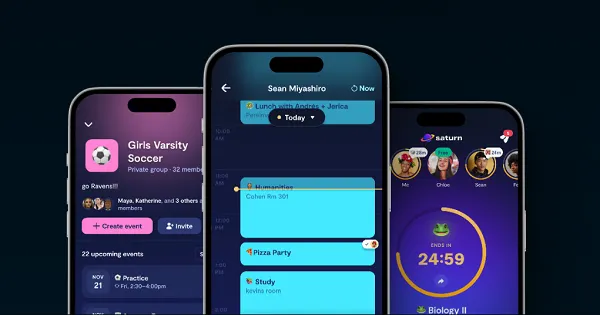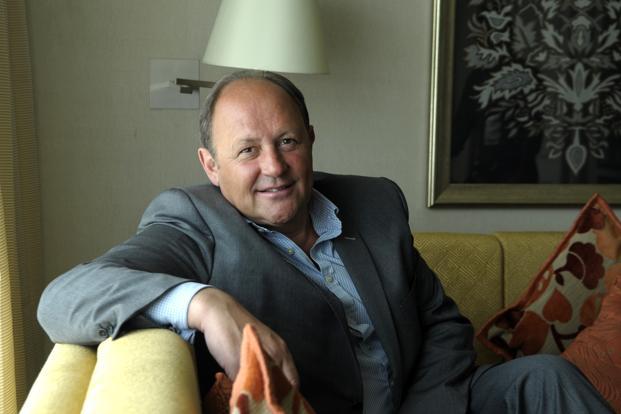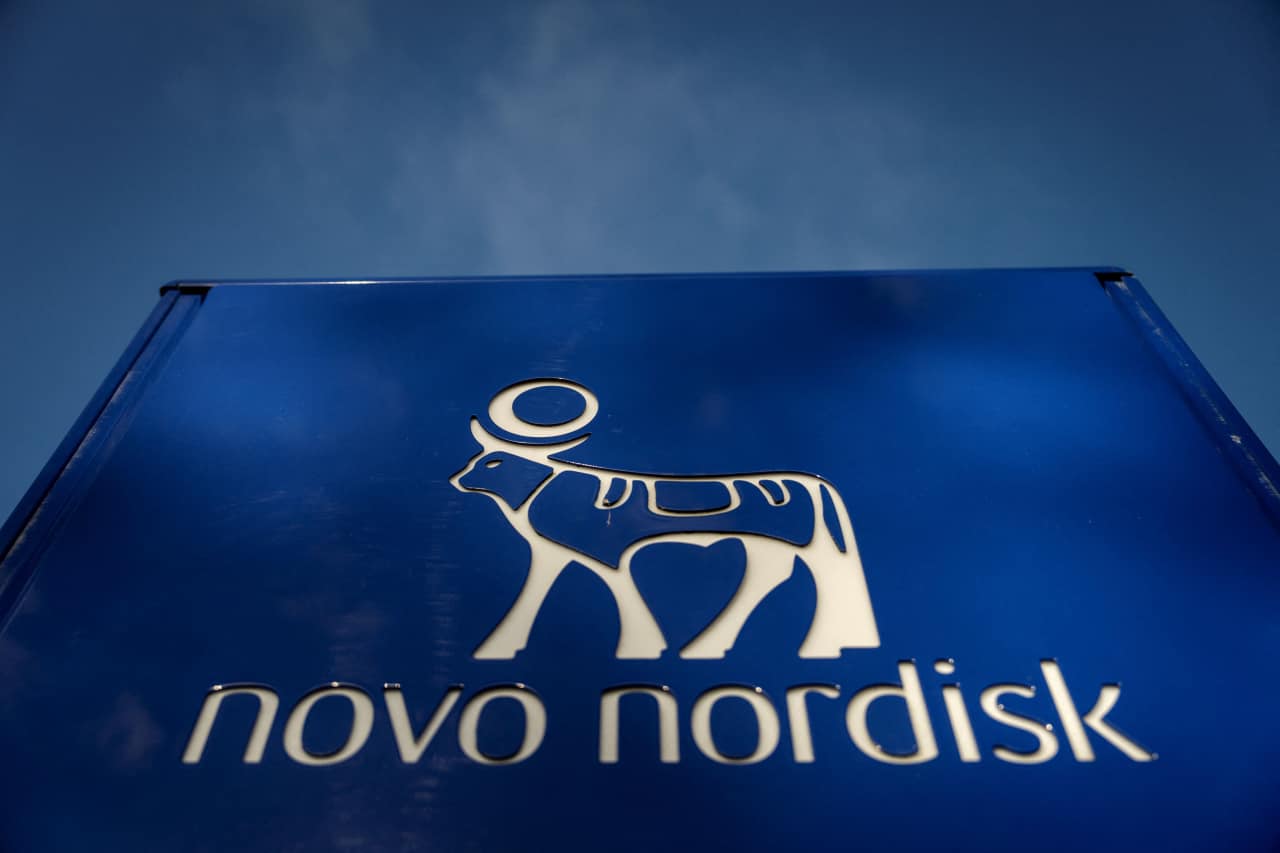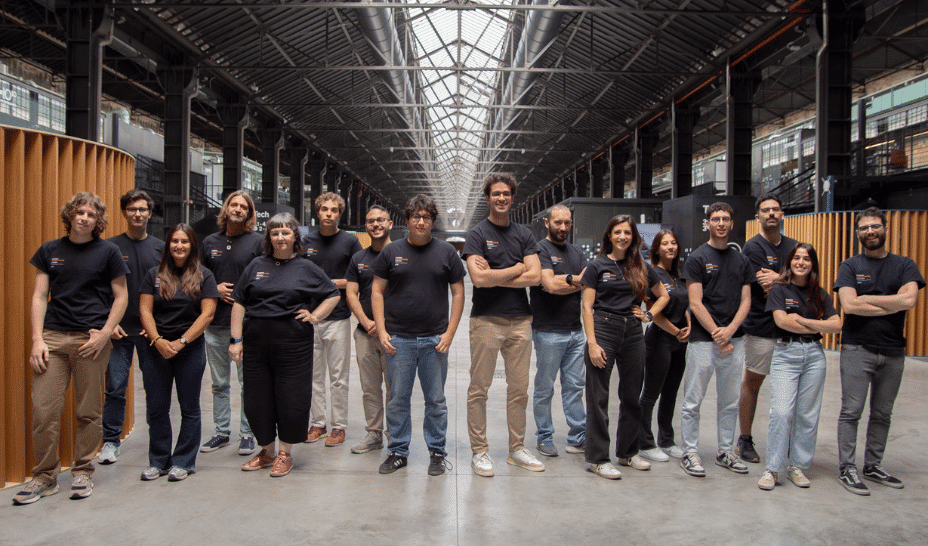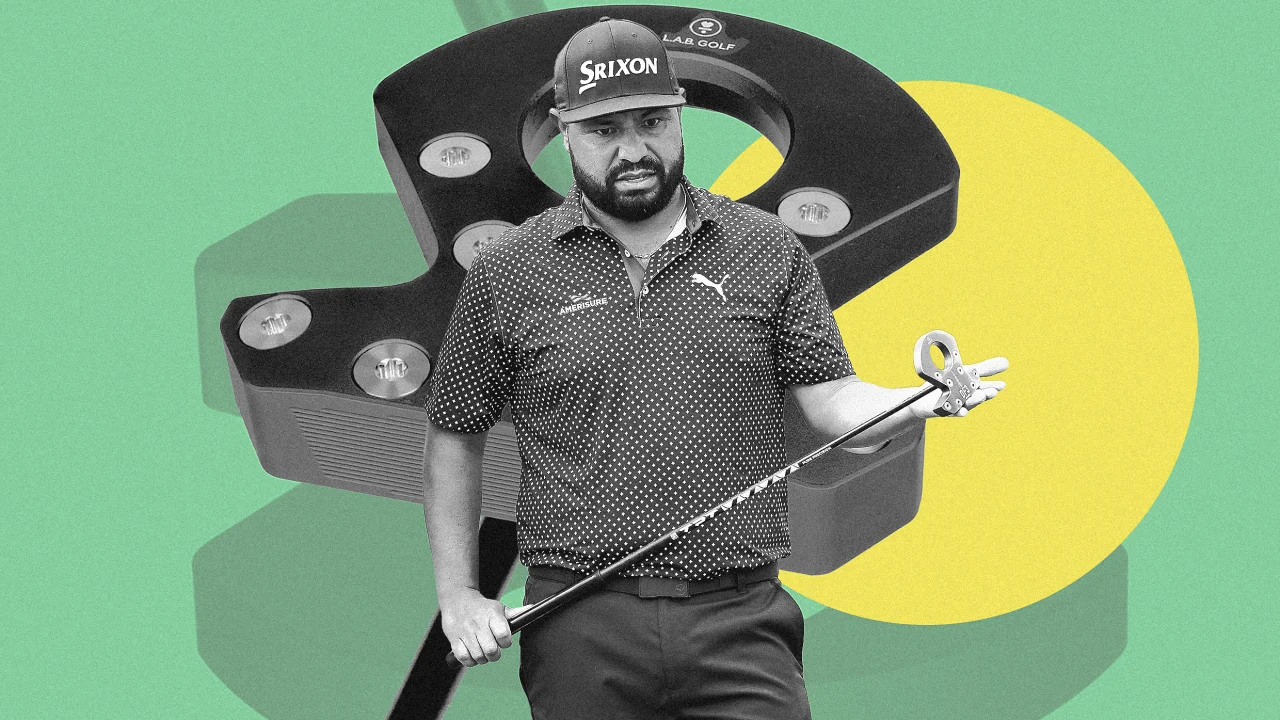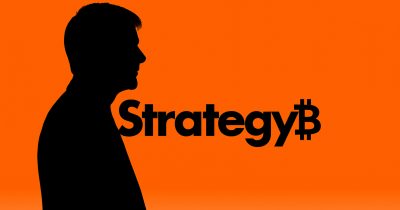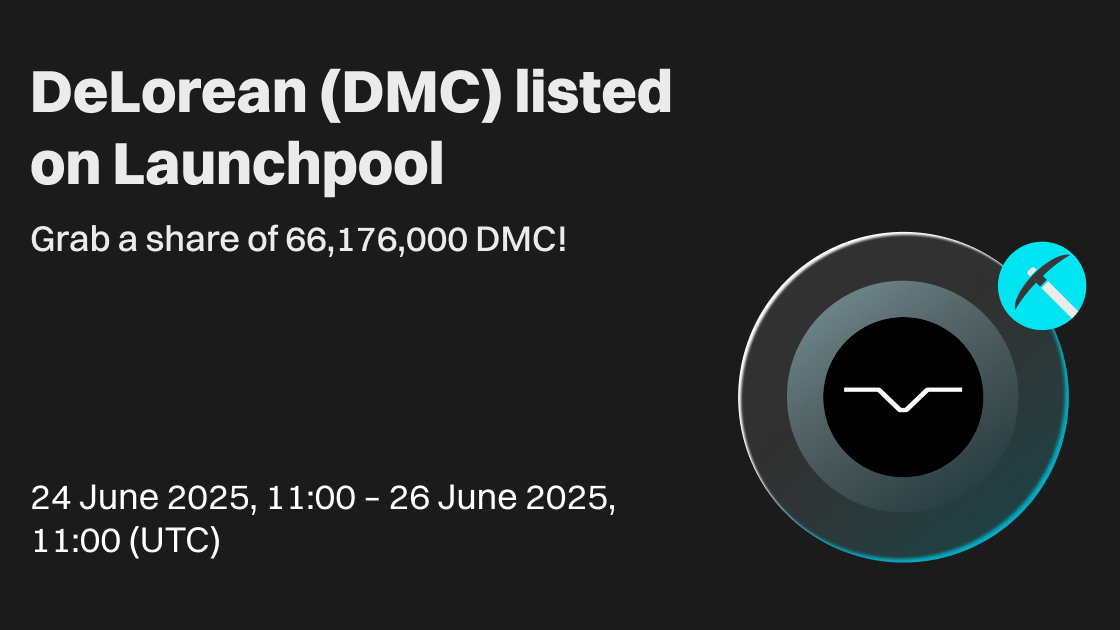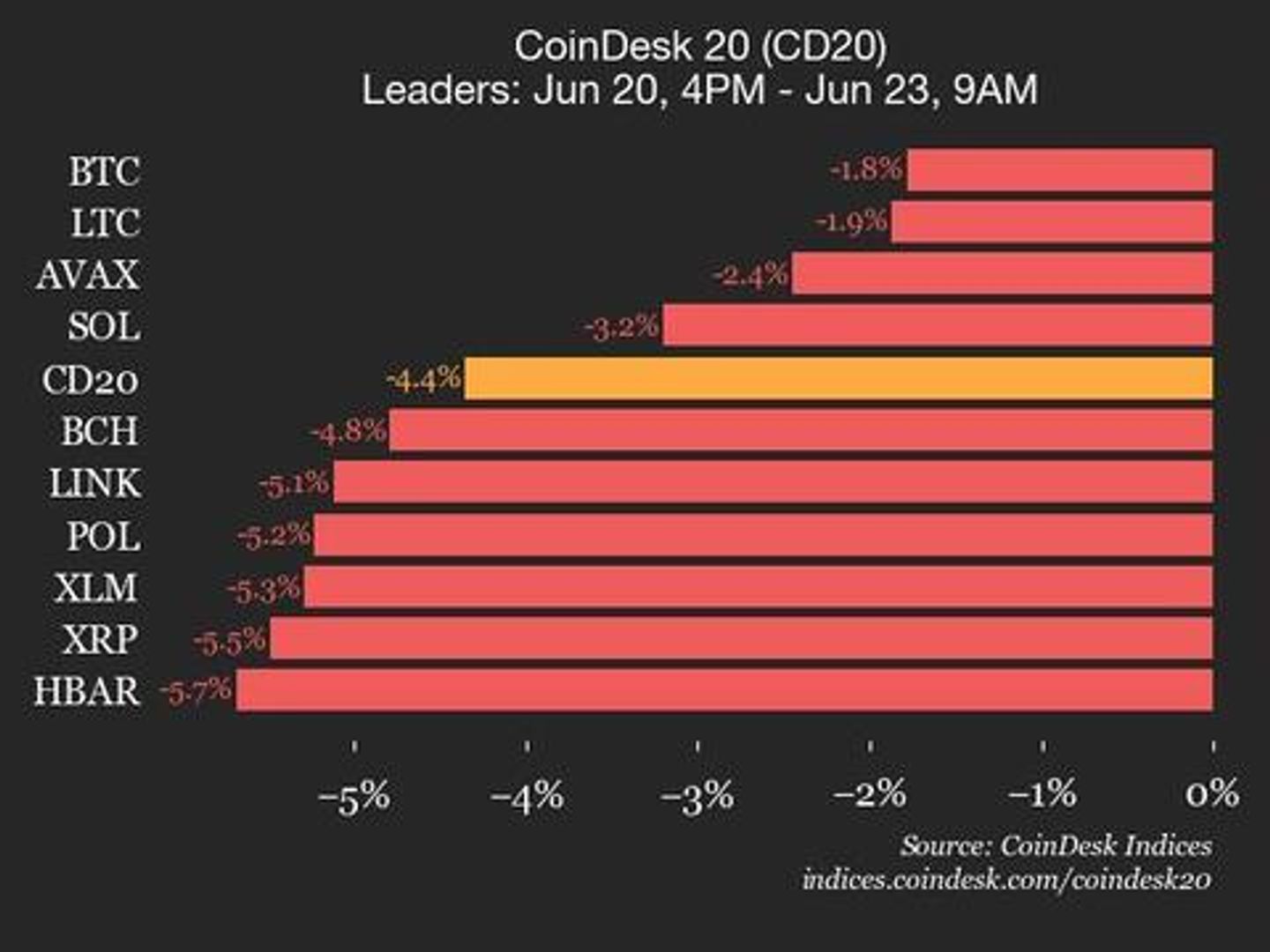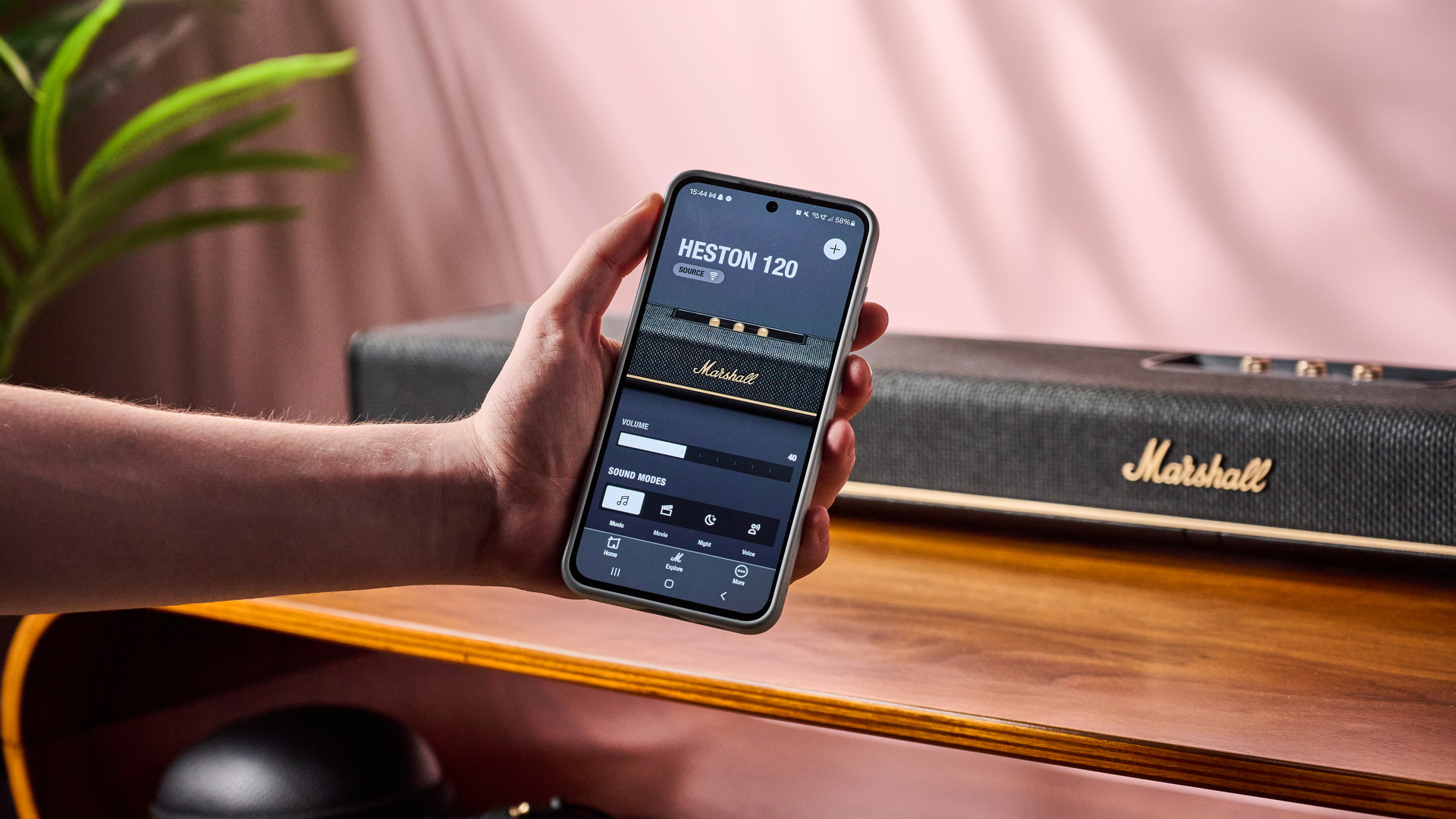Cultivate growth mindset with 6 powerful frameworks
Discover 6 practical growth mindset frameworks to help you think clearly, stay consistent, and build resilience—without the fluff or fake positivity.


We hear it all the time: “You need to have a growth mindset.”
It sounds good on paper—positive, ambitious, forward-thinking. But what does that mean in real life? Is it about being endlessly optimistic? Always chasing big goals? Smiling through failure like it’s no big deal?
Not quite.
A growth mindset isn’t about ignoring challenges or pretending everything is fine. It’s about believing that your abilities, intelligence, and potential aren’t fixed. It’s a quiet kind of confidence rooted in curiosity, effort, and the willingness to keep going even when it’s hard.
And here’s the thing: it’s not something you’re born with. It’s something you build. But the real challenge is knowing where to start. That’s where frameworks come in. Not the rigid, corporate kind that sit in a slide deck collecting dust, but simple, practical models.
In this post, we’re not throwing buzzwords at you. Instead, we’re walking through 6 powerful frameworks that can help you shift your mindset, step by step. No fluff. No fake positivity. Just real tools for real growth.
Level up your thinking: 6 growth mindset frameworks

1. GROW: Clarity is your superpower
Before you sprint toward goals, maybe figure out where you're actually going.
The GROW model is about pausing to ask better questions, such as:
- What do you want?
- Where are you now?
- What’s in your way?
- What are your next steps?
It sounds simple, but sometimes, clarity is exactly what breaks the loop of second-guessing. When you know what you’re aiming for, action feels a lot less overwhelming.
2. YET: The most underrated word in self-help
You're not bad at it, you’re just not there... yet.
This tiny word does big work. It keeps the door open. Instead of “I can’t do this,” try “I can’t do this yet.” It reminds you that growth is a process. That you’re allowed to be in progress. It’s one of the simplest ways to shift your mindset, and it costs nothing.
3. LEARN: Feedback is not an attack
When you stop dodging feedback, growth speeds up. Learning doesn’t always come from books or courses. Sometimes it comes from discomfort—the awkward feedback, the honest conversations, the little moments that didn’t go the way you hoped.
The LEARN framework helps you tune in, adapt, and keep refining. Growth is messy. Listening makes it worth it.
4. POWER: Consistency > Motivation
You don’t need more inspiration. You need better habits. Some days, you’ll feel on top of the world. Others, not so much. The POWER framework is about showing up anyway. It’s not about waiting for motivation; it’s about building routines that support you when motivation disappears.
Practice. Own it. Reflect. Repeat. That’s how real change happens.
5. FAIL: Stumbling is part of the job description
No one likes failing, but it’s part of the deal. The FAIL framework reframes mistakes as part of the process, not the end of the road. The sooner you stop seeing failure as personal, the quicker you’ll learn what actually works. Growth doesn’t require perfection; it requires persistence.
6. ACT: Less thinking, more doing
Waiting for the perfect moment? Spoiler: it’s not coming.
Overthinking is the easiest way to stay stuck. The ACT framework reminds you to move. Accept where you are. Change what isn’t working. Try something new. You don’t need a complete plan to start—you just need momentum. Action builds confidence. Confidence builds progress.
The bottom line
Mindset work isn’t loud. It’s not dramatic. It’s quiet and consistent. It shows up in how you talk to yourself, how you handle the tough days, and how you keep learning when things don’t go as planned. These frameworks aren’t a checklist; they serve as a starting point, so choose one and try it out. Watch what changes. Growth doesn’t need to be fast. It just needs to be yours.




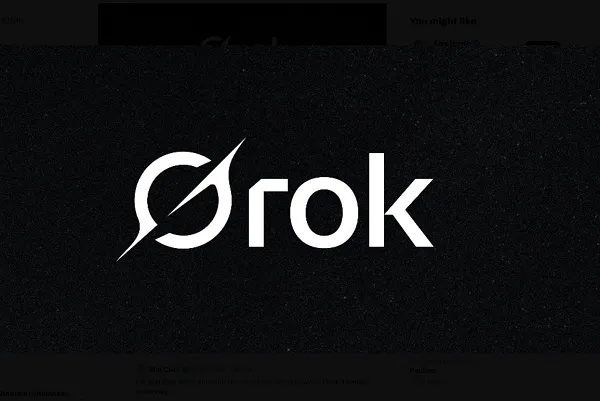
![Is ChatGPT Catching Google on Search Activity? [Infographic]](https://imgproxy.divecdn.com/RMnjJQs1A7VQFmqv9plBlcUp_5Xhm4P_hzsniPsfHiU/g:ce/rs:fit:770:435/Z3M6Ly9kaXZlc2l0ZS1zdG9yYWdlL2RpdmVpbWFnZS9kYWlseV9zZWFyY2hlc19pbmZvZ3JhcGhpYzIucG5n.webp)
